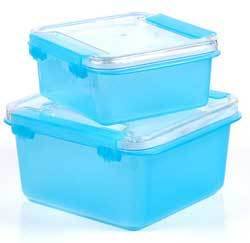OMer asked: The anemometer on my awning seems to have some grease on its interior. As a result, the windmill is hesitant to rotate. This causes the breeze not to register. Consequently, the awning doesn’t retract, even in a high wind situation. I can’t take it apart to reach the grease and wipe it off. What I can do is dip it in some kind of cleaning agent. I have already tried rubbing alcohol, but without any luck. Can you think of something else?
Anemometers  can stick for a variety of reasons. In many cases, the bearings have gone bad. In others, it may be in need of lubrication or the grease may have dirt in it. Still others may have developed “snags” or mechanical defects that may occur during use or storage. Your most successful troubleshooting will be through the manufacturer, but if you follow these steps you may be able to narrow down the problem.
can stick for a variety of reasons. In many cases, the bearings have gone bad. In others, it may be in need of lubrication or the grease may have dirt in it. Still others may have developed “snags” or mechanical defects that may occur during use or storage. Your most successful troubleshooting will be through the manufacturer, but if you follow these steps you may be able to narrow down the problem.
You Will Need:
- Machine Oil (find it in the craft department of your favorite department store)
- Nylon brush
- Mild detergent
- Water
Steps to Repair the Anemometer:
- If possible, remove the anemometer from its mount so you can look at it more closely.
- Holding the base, turn the spinning piece slowly. Observe it from all angles to determine if it’s “catching” somewhere. If that doesn’t appear to be the problem, move on to the next step.
- If you see a lot of dirt and/or build up near the moving parts, use a nylon brush, mild detergent, and water to clean the area. Rinse and allow to dry.
- If the anemometer is still sticking, try lubricating with machine oil. Add several drops, spin the parts, then add more. Spinning helps to ensure even distribution.
Additional Tips and Advice
- If none of these steps help, it’s possible the bearings are bad. Other possible problems may be rust or a build up of dirt in the spinning mechanism. At this point, you will need to take it to a professional for repair and/or service, or simply replace it, unless you can replace the bearings yourself.
- Do NOT try to remove oil or grease from inside the anemometer. These substances should be there in some quantity to keep the machine functioning properly. Although it’s possible a build up is causing the problem, removing the lubrication will cause the anemometer to rust, creating lasting damage.
- Do not submerge electrical anemometers in liquids.









Leave a reply